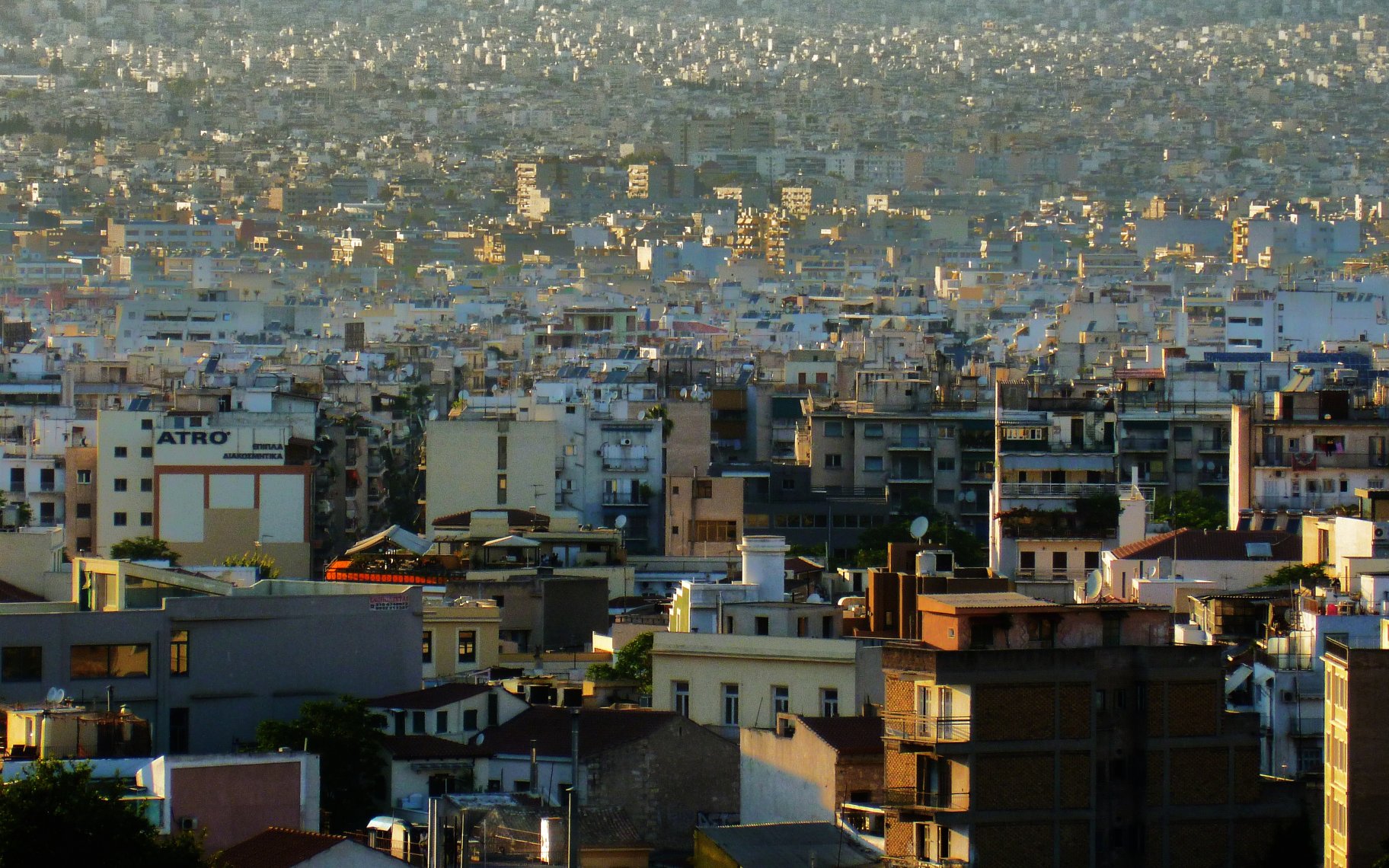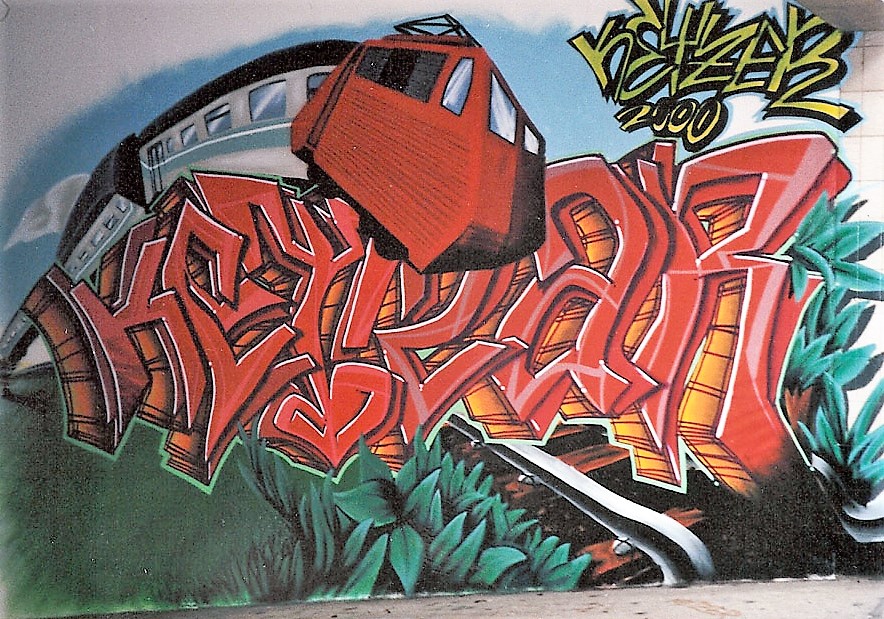Resilience, Utopia, Community
Ulrich Gehmann
The general relations between space, place, utopia, community and architecture have been outlined at https://www.idealspaces.org/magazines/ideal-spaces/; here, it is about a specific aspect of a ‘true’ community and the idea of its ideal space, an aspect that turned into a buzzword recently: resilience. In its broad terms, resilience is defined as the capacity to persist, adapt or transform in the face of change, in a way that maintains the basic identity of a system. Resilience is conceived as the ability of a system (e.g., the ‘system’ of a human community) to deal with changes in such a way that the system in question can survive, even develop further and renew itself.[1]
As regards the mythical dichotomy characteristic of a Western cultural sphere, that of a basic division between nature and culture, interestingly, an important aspect of resilience is its linkage to nature. Translated into mythological terms, the attempt to (re)gain a more natural state of existence again, to be more in concordance with (outer) nature. The Stockholm Resilience Institute writes: “Resilience starts from the belief that humans and nature are strongly coupled to the point that they should be conceived as one social-ecological system.” The more since today, in times of a so-called Anthropocene or the era of the human being, there is barely no ‘outer’ nature left which remained uninfluenced by humans. Besides this objective fact, the mythic desire remains: to reconcile the human being with nature again, that part of a “world as it is” (to use that mythological term) where it once originated from.
As in case of utopia which tries to reconcile architecture (both visible and invisible) with human nature, resilience tries such a reconciliation also with the other domain of the natural, the ‘outer’ nature that surrounded us for eons, until the Anthropocene.

Resilience and Identity
There exists still another parallel between resilience and utopia: the quest for identity. Adapting and transforming in the face of change whilst keeping one’s identity needs a reference point in the past, namely that very identity in question. An identity we once had that shall be regained now and maintained against all odds brought about by changes in the outside world – carbon and climate crises, the loss of a true city (a prerequisite for urban-based ‘true’ communities), loss of natural biodiversity, and so on.
Etymology might be of help to reveal the very core of such a view. Identity, from the Latin identitas, denotes a perfect match related to things or persons, an identity of the essence; moreover, it stands for the existence of something/somebody individual, unique and distinctive. In psychology, the term (as an idea) is connected with the concept of the Self, it denotes a person’s experienced inner unity.[3] Resilience, a neologism, relates to the Latin resilio, “I jump back“ – namely to a situation that existed before, to a former state of Being, to a state of mind that makes up mySelf. Identity and resilience relate to a past state, an assumed or real original state of reference in the face of distortions. And, as in the case of utopia as an eu-topian movement, that state of reference has to be reached again, by adaptations or transformations of our present state of existence, that state which is existing now where we have lost our identity. Although adaptations and transformations are essentially future-oriented since forward-based movements, they are in need of that reference point in the past, namely, the “identity” we once had and now have lost.
The only logical alternative would be to refrain from such a reference point, and to acquire new identities, in the course of being “resilient” to changes; but then, the entire concept would lose its meaning. Even if we refrain from notions of resilience related to human identity and adopt a technical, system-oriented perspective by looking at resilient systems (no matter their kind, from man-made organizations and cities to living organisms and ecosystems), then such a system’s organization presents the identity to be maintained/regained in the face of change and disturbance.[4]
Inherent to such conceptions is a positive notion, at least implicitly: that resilience is a systemic property to be maintained, or to be achieved, and to be built up by human effort in order to increase a system’s overall viability. [5] Or expressed in terms of identity (for which viability is seen as an indicator): the system keeps its identity, i. e., its basic mode of organization against all disturbances from inside, or from outside the system in question.[6]But what if a system’s capacity to stay resilient becomes an obstacle to intentional changes? What if a system has to be changed – out of whichever reasons – but just “jumps back” to its underlying basic mode of organization, no matter the trials to alter that mode? In terms of system dynamics, the system gains momentum, becomes resistant to change even if such a change is perceived as necessary. Take for instance the recent socioeconomic global system of a neoliberal market and its impacts on ecology, culture, and the social. Such kind of “unwanted” or “negative” resilience is a very important property of systemic resilience, the capacity of systems to withstand changes and recur to ‘normal’ operations again. It is an important perspective upon the phenomenon of resilience which had been addressed in our workshop, held in the Italian Pavilion of the Architectural Biennale in Venice 2021.[7]
Together with its momentum and resulting impacts, this too is resilience. No matter what is tried to change it, the system maintains its identity.

When looking at such kind of resilience, an additional momentum comes into play: resilience is needed to counteract resilience. We, the inhabitants of the recent neoliberal ecosystem, have to strive for resilience in order not to get destroyed by the systemic resilience described above. We are in need for “positive” resilience, in order to survive in our environments of our actual conditions of life made up by the neoliberal market and its systemic forces. The “positive” resilience strived for turns into a one way-street, becomes a necessity to survive at all. Look for instance at recent disputes about counter-measures to climate crisis, bringing nature back into the cities, the need for new technologies and alternative sources of energy, and the more of that.
In terms of identity, it means that we have to leave our “old” identity related to consume, unlimited economic growth and an industry based on fossil energies, in favor of a “new”, ecology-related one. But how this new identity shall look like, where is its point of reference?
[1] Drawn from the Stockholm Resilience Institute, https://www.stockholmresilience.org/research/research-news/2015-02-19-what-is-resilience.html, also the literal quotation (last access August 12th, 2021)
[2] View from the Acropolis, Athens/Greece. Photo U. Gehmann
[3] From Duden’s Dictionary of Foreign Words, ed. of 1994: 603. And Heinichen (op. cit.): 742, to resilio
[4] To such a technical view and related types of system-resilience see Woods, D. D.: Four concepts for resilience and the implications for the future of resilience engineering. In: Reliability Engineering and System Safety (2015), http://dx.doi.org/10.1016/j.ress.2015.03.018
[5] E.g., the EU compendium on resilience https://ec.europa.eu/echo/files/policies/resilience/eu_resilience_compendium_en.pdf
[6] Interesting is the parallel to the conception of autopoiesis from the 1980ies (F. Varela/H. Maturana), the capability of (living) systems to maintain their network of production processes – their organization.
[7] See the workshop’s original Zoom recording https://drive.google.com/open?id=11oipVhOjXUp92Zs8Q-2NOEWSx_CsfNIV&authuser=andrea%40molocinque.it&usp=drive_fs; and the compilation on our website, in “Symposia”, https://www.idealspaces.org/projects/#4. The topic of systemic resilience had been presented by Khalid Kadir, UC Berkeley; see also his podcast on our website, at https://www.idealspaces.org/podcasts/interview-with-khalid-kadir-engineering-social-justice/ [8] Graffito on a garage, Frankfurt/Main, Germany. Photo U. Gehmann
